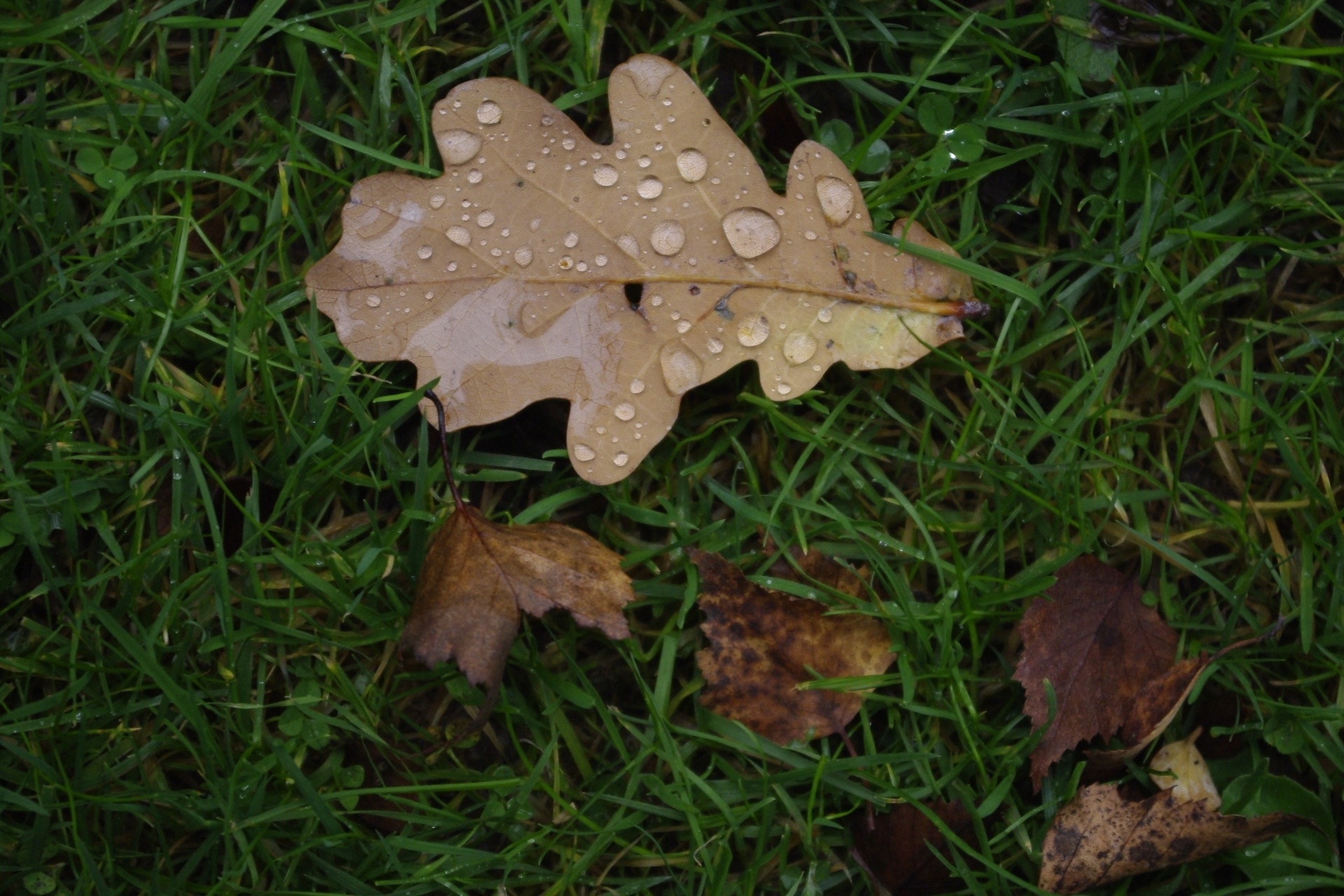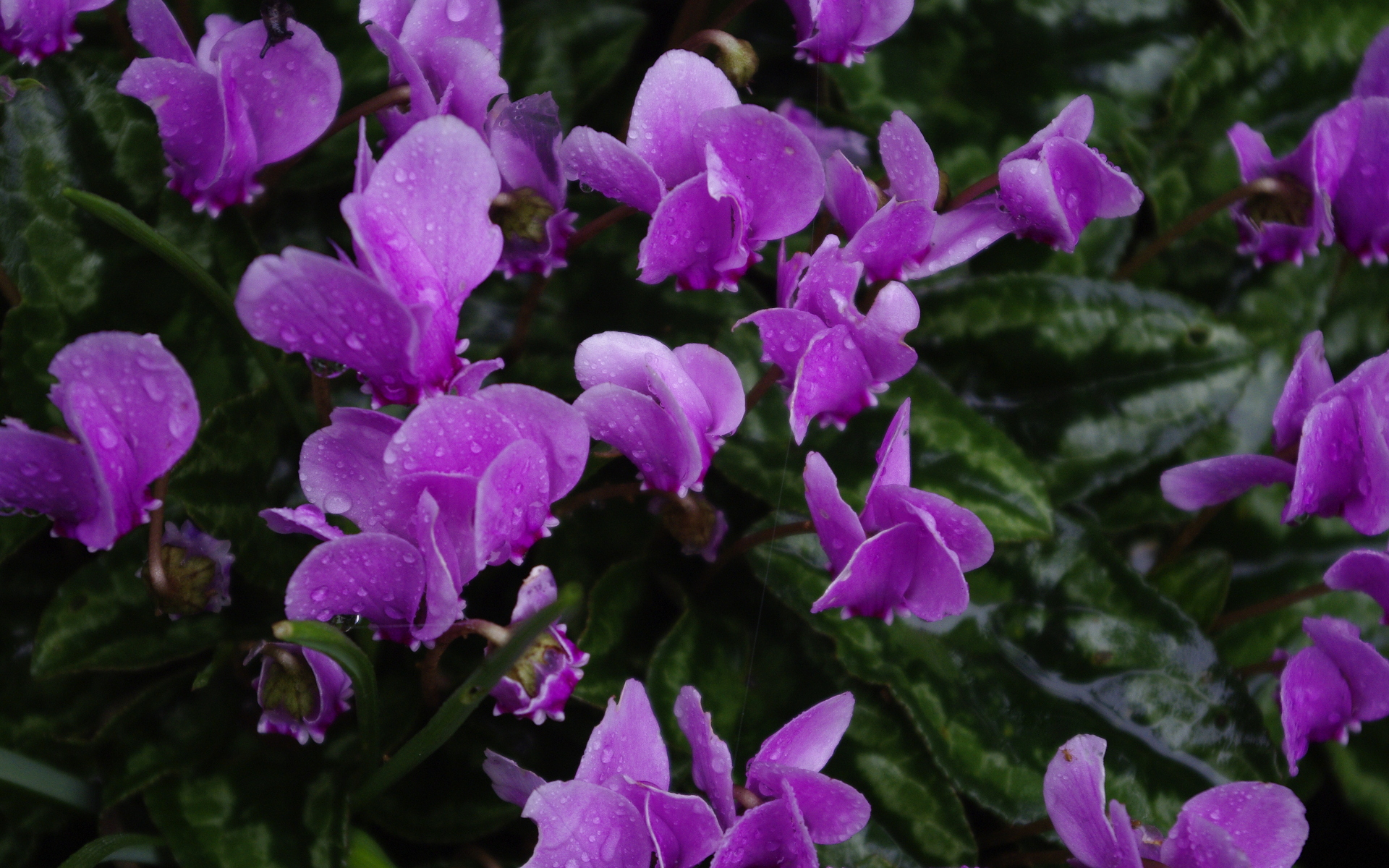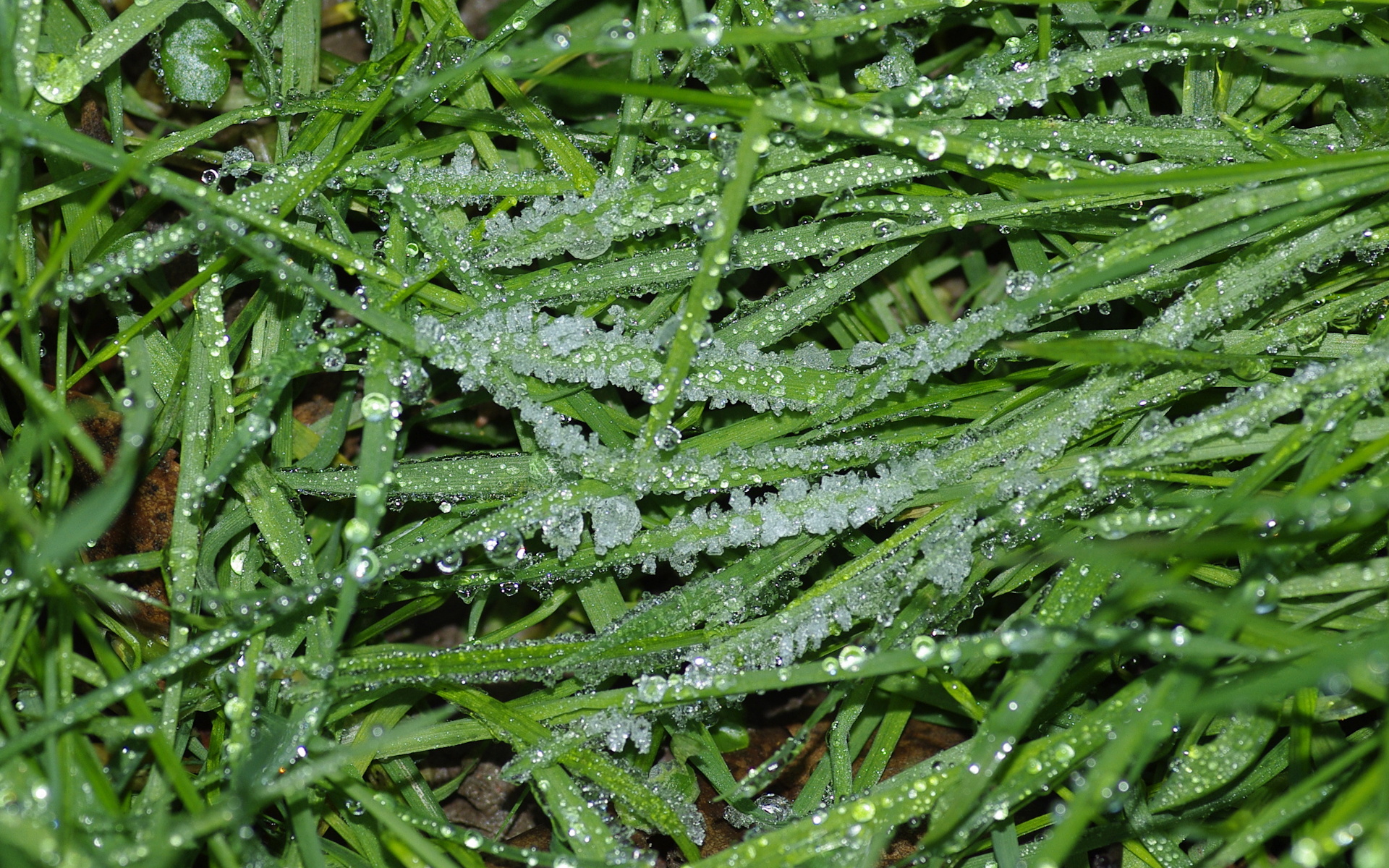 No, that isn’t sugar. At last, a ground frost made this little artistic creation in my back garden. The cooling through freezing point must have been quite slow, to give quite large ice crystals like this. They were just melting as I took this shot.
No, that isn’t sugar. At last, a ground frost made this little artistic creation in my back garden. The cooling through freezing point must have been quite slow, to give quite large ice crystals like this. They were just melting as I took this shot.
Tag Archives: nature
My Sunday Photo: 3 January 2016
 The incredibly mild weather during December has led to a lot of unseasonally early sprouting of new growth on various trees and shrubs. Whereas what I posted last week was a picture of a very tiny leaf indeed, this array of leaves on a buddleia bush were easily noticeable! Will all these new growths survive frosts, later, I wonder?
The incredibly mild weather during December has led to a lot of unseasonally early sprouting of new growth on various trees and shrubs. Whereas what I posted last week was a picture of a very tiny leaf indeed, this array of leaves on a buddleia bush were easily noticeable! Will all these new growths survive frosts, later, I wonder?
My Sunday Photo: 29 November 2015
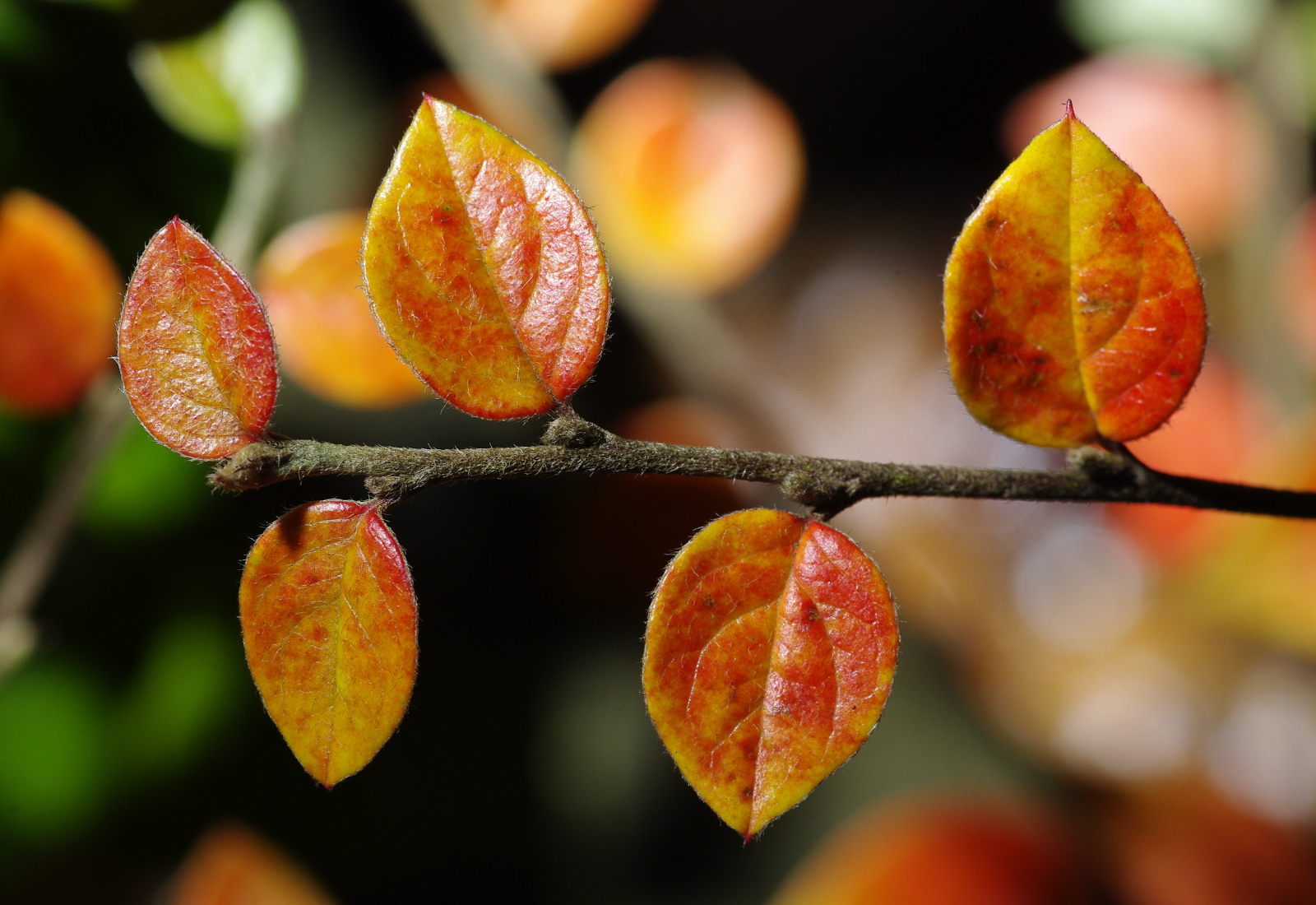 Looking for something colourful today, I found these tiny leaves, autumnal and yet uplifting, with their stunning combination of shape and line, together with vivid colour. They are only small – this is, once again, a macro shot. It’s all about using these… [author points to eyes]
Looking for something colourful today, I found these tiny leaves, autumnal and yet uplifting, with their stunning combination of shape and line, together with vivid colour. They are only small – this is, once again, a macro shot. It’s all about using these… [author points to eyes]
Alphabet Photography Project: I is for Insect
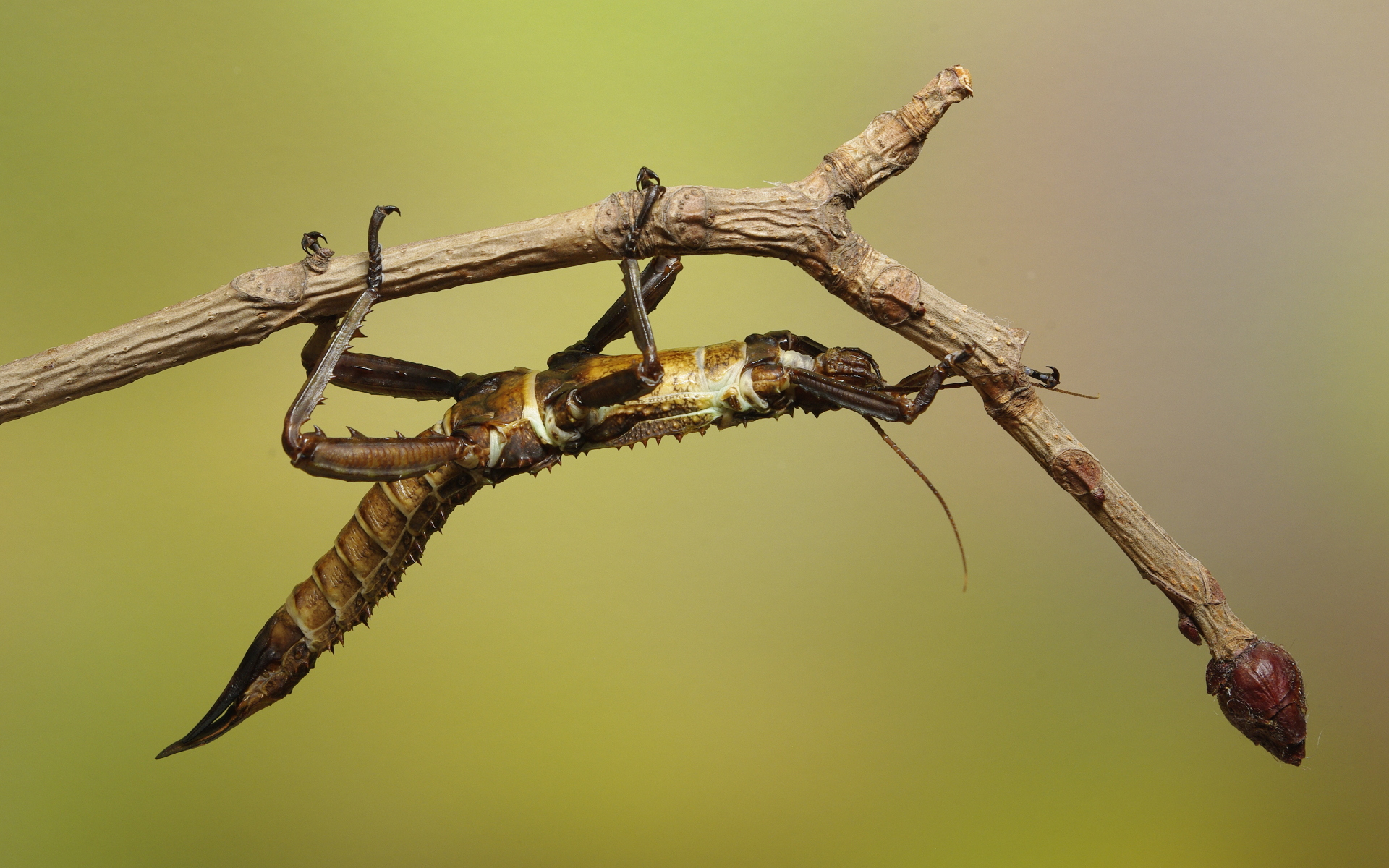 As I’ve already mentioned, I recently had a terrific opportunity to photograph some amazing insects, many of them possessing the most marvellous camouflage. Here is another example – I’m afraid I can’t give you its exact name, right now. A most useful characteristic of many of these insects (from a photographer’s point of view) is that they don’t move around all that fast; their camouflage, rather than their speed, is their main defence.
As I’ve already mentioned, I recently had a terrific opportunity to photograph some amazing insects, many of them possessing the most marvellous camouflage. Here is another example – I’m afraid I can’t give you its exact name, right now. A most useful characteristic of many of these insects (from a photographer’s point of view) is that they don’t move around all that fast; their camouflage, rather than their speed, is their main defence.
For this photo, I used a separate flashgun, fitted with a home-made light diffuser, to simulate a sunlit day.
My Sunday Photo: 15 November 2015
My Sunday Photo: 25 October 2015
Alphabet Photography Project: D is for Deer
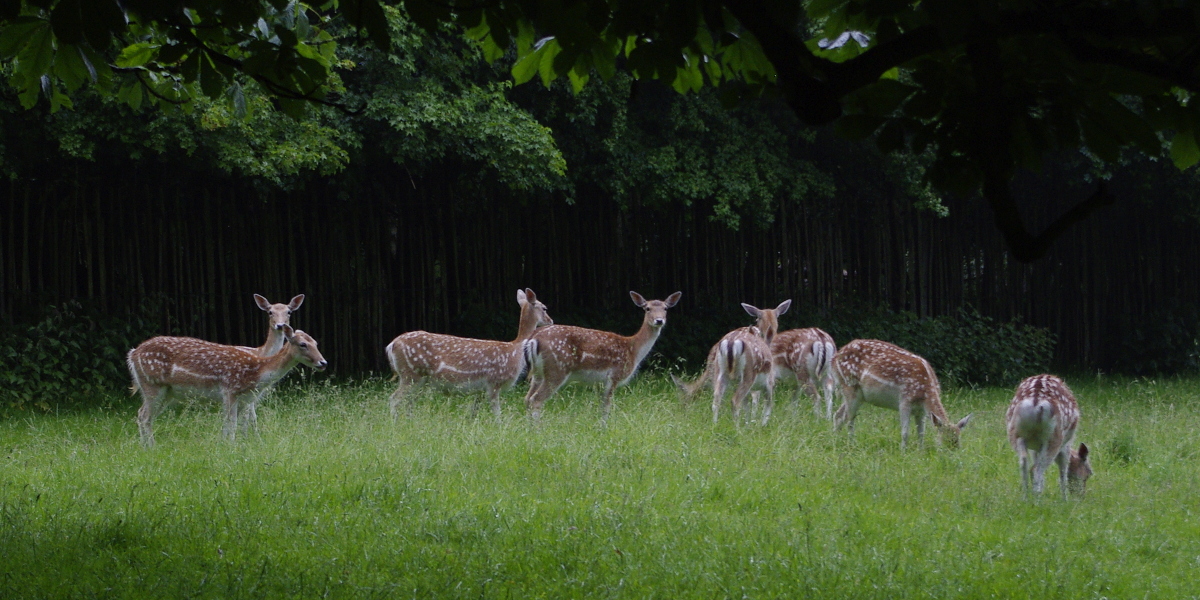 We’re back again, of course, to my beloved Wollaton Park, Nottingham, where deer have roamed wild for many generations. (Of deer and humans, that is.) This situation – fading daylight, moving subject, desire for high quality image and reasonable depth of field) had me wanting to replace my trusty but now dated DSLR with one giving improved performance at high ISO settings. (New one will have to stay on my wish list for a bit longer.)
We’re back again, of course, to my beloved Wollaton Park, Nottingham, where deer have roamed wild for many generations. (Of deer and humans, that is.) This situation – fading daylight, moving subject, desire for high quality image and reasonable depth of field) had me wanting to replace my trusty but now dated DSLR with one giving improved performance at high ISO settings. (New one will have to stay on my wish list for a bit longer.)
I think the adage is true: children and animals are both, indeed, hard but rewarding subjects for any photographer – and the perseverance is worthwhile!
The word ‘deer’ incidentally, comes from an old word for an animal; a wilderness was literally a wild-deer-ness!
This post continues my response to the Alphabet Photography Challenge.
It's kind to share!My Sunday Photo: 11 October 2015
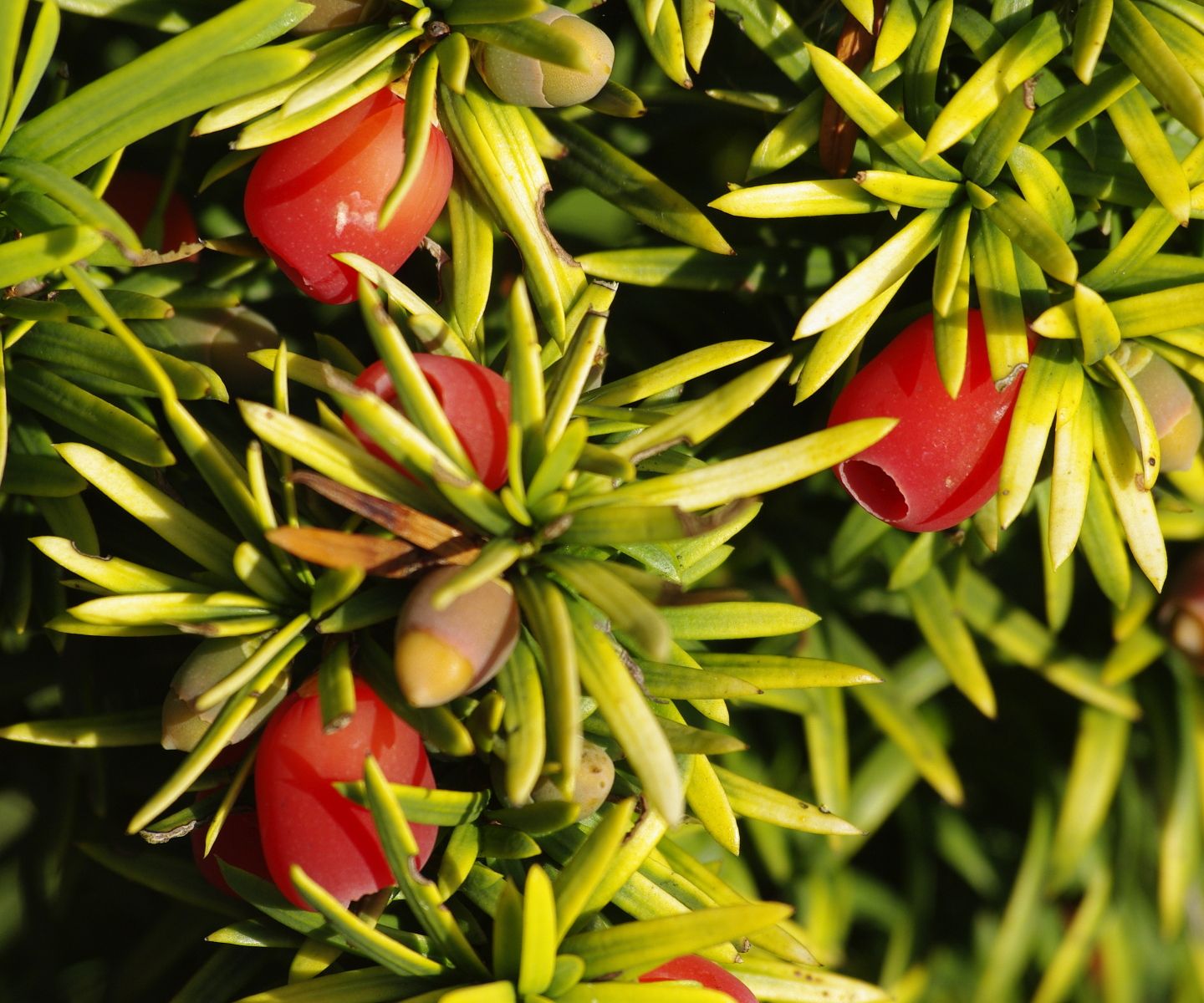 Venturing outside today I came across these very pretty but highly poisonous berries that remind us that the back end of the year has come round again! The leaves and stems of the yew plant are also poisonous. however, some birds eat the berries, the poisonous seed passing through them intact!
Venturing outside today I came across these very pretty but highly poisonous berries that remind us that the back end of the year has come round again! The leaves and stems of the yew plant are also poisonous. however, some birds eat the berries, the poisonous seed passing through them intact!
Alphabet Photography Project: B is for Bee
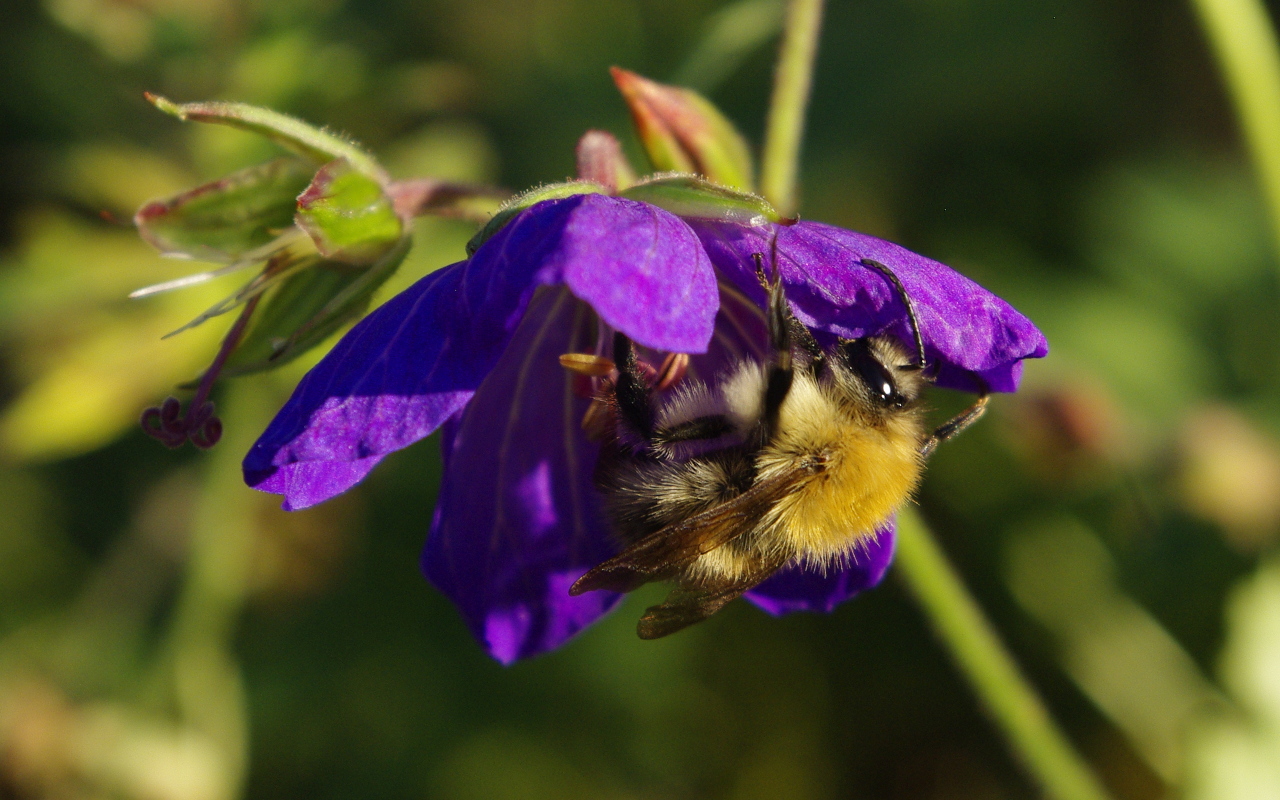 Well… I mean… It’s obvious, isn’t it? Bees are fascinating and highly photogenic little creatures, and we should all be in a bad way without them. Their contribution to pollination of flowering trees and plants that give us fruit is highly significant!
Well… I mean… It’s obvious, isn’t it? Bees are fascinating and highly photogenic little creatures, and we should all be in a bad way without them. Their contribution to pollination of flowering trees and plants that give us fruit is highly significant!
From time to time, I’ve been asked about how to achieve shots like this, so I shall add a few words on this, here. This shot was taken using an ordinary ‘kit’ lens on my DSLR and the resulting image has been cropped down somewhat. A true ‘macro’ lens, which can focus much closer, would give a potentially better result. However, in either case, the most important issues are to do with focussing and depth of field.
A DSLR, and, indeed many other cameras, will allow you to select the focussing mode. Either select ‘centre spot only’ and aim the focus point at the bee’s eye, or alternatively, switch over to manual focussing, set a close distance (for this lens, the closest possible setting is around 0.25 of a metre) and focus by moving the camera towards or away from the bee (or other small subject) to obtain a sharp focus.
Now, a certain zone, from a little closer to a little further away than the focus point, will give acceptable sharpness. This zone is known as the depth of field. The larger the aperture setting (i.e. the smaller the f number) the more light you will capture, enabling in turn a faster shutter speed to be used. The trade-off, however, is that the depth of field reduces – and in macro photography, the depth of field gets very small, so that only part of the subject is in focus!
We are now tempted to get round this problem by increasing the sensitivity (ISO) setting. The downside here is that this results in a reduction in image quality. Now, here is where the latest models score: they can give very good results at high sensitivity settings (typically ISO 3200) unlike my older model, which starts to show significant degradation of the image above ISO 400. Fortunately, I was blessed with good sunlight on the day this shot was taken!
This picture continues my response to the ‘Alphabet Challenge’.
Edit by the author, 13 October 2015: today is…
It's kind to share!My Sunday Photo: 27 September 2015
 Quite often, pictures really are about noticing the moment, and recording the beauty. This water drop, hanging from a seed-head, arrested my attention one morning this week. For this picture, I’ve cropped down the original image, leaving enough background to harmonise with the reflection in the droop itself.
Quite often, pictures really are about noticing the moment, and recording the beauty. This water drop, hanging from a seed-head, arrested my attention one morning this week. For this picture, I’ve cropped down the original image, leaving enough background to harmonise with the reflection in the droop itself.

